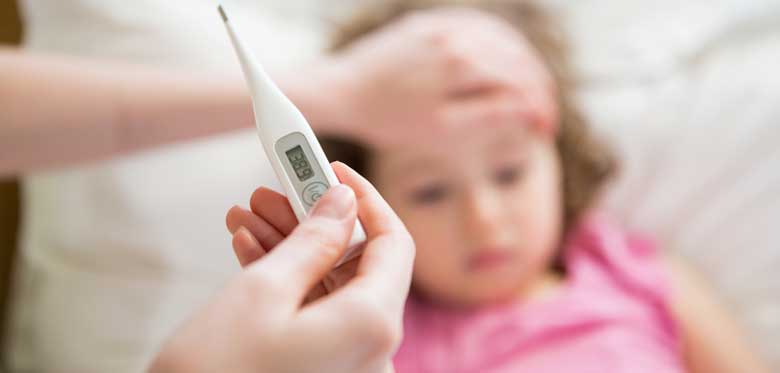There are a lot of worrying cases of Strep A which is causing alarm across the country and parents and carers need to be vigilant. There has also been a request for GPs to exercise a low tolerance when a child presents with symptoms to prescribe antibiotics.
What is Strep A?
Strep A is a bacteria that can lead to scarlet fever and is highly contagious. It is spread by close contact with an infected person and can be passed by coughs, sneezing or touching a wound.
Usually, the illness is mild and can be treated at home with a course of antibiotics. The current advice from the NHS is to keep a child at home until at least 24 hours after the start of antibiotic treatment to avoid the spread of the infection to others.
In very rare occasions, the bacteria can enter the bloodstream and it is then called Invasive Group A Strep. There has been an increase in this strain this year, particularly in children under the age of 10.
What symptoms of Strep A?
Typically, the symptoms of Strep A include the following:
- Sore throat
- Headache
- Strawberry tongue or tonsils (swollen or bumpy covered in white spots)
- A fine, pinkish or red body rash with rougher skin that feels like sandpaper. On darker skin, the rash may be more difficult to see.
- A high temperature (if you have a thermometer to check) or feels hotter than usual when you touch their back or chest or feels sweaty (if you don’t have a thermometer).
What to do if you suspect your child has symptoms of Step A?
The NHS have requested that you seek help by either contacting NHS 111 or your GP as soon as your child presents with symptoms, as earlier treatment with antibiotics is important to reduce the risk of complications that can lead to a more serious condition.
Trust your own judgement of your child and don’t leave it to wait and see if they improve over the course of the day or the following day.
If your child is deteriorating and having difficulty breathing or appears floppy or complaining of severe pains in their arms, legs, neck or back then call 999 or take your child to A&E.
What steps can I take to prevent Strep A?
It is important to remind children to frequently wash their hands with soap and warm water for at least 20 seconds. Also, to catch a cough or sneeze preferably into a tissue or the inside of the elbow if they are caught unaware. It is also suggested that you keep your child away from other children when they are feeling unwell and presenting with symptoms.
If you or a loved one has suffered an injury due to the negligence of a medical or health professional then we may be able to help you pursue a claim for compensation. Our leading team of experts are on hand to offer advice, so please get in touch with us on 0161 696 6165 or complete our online enquiry form and we will contact you directly.




Comments